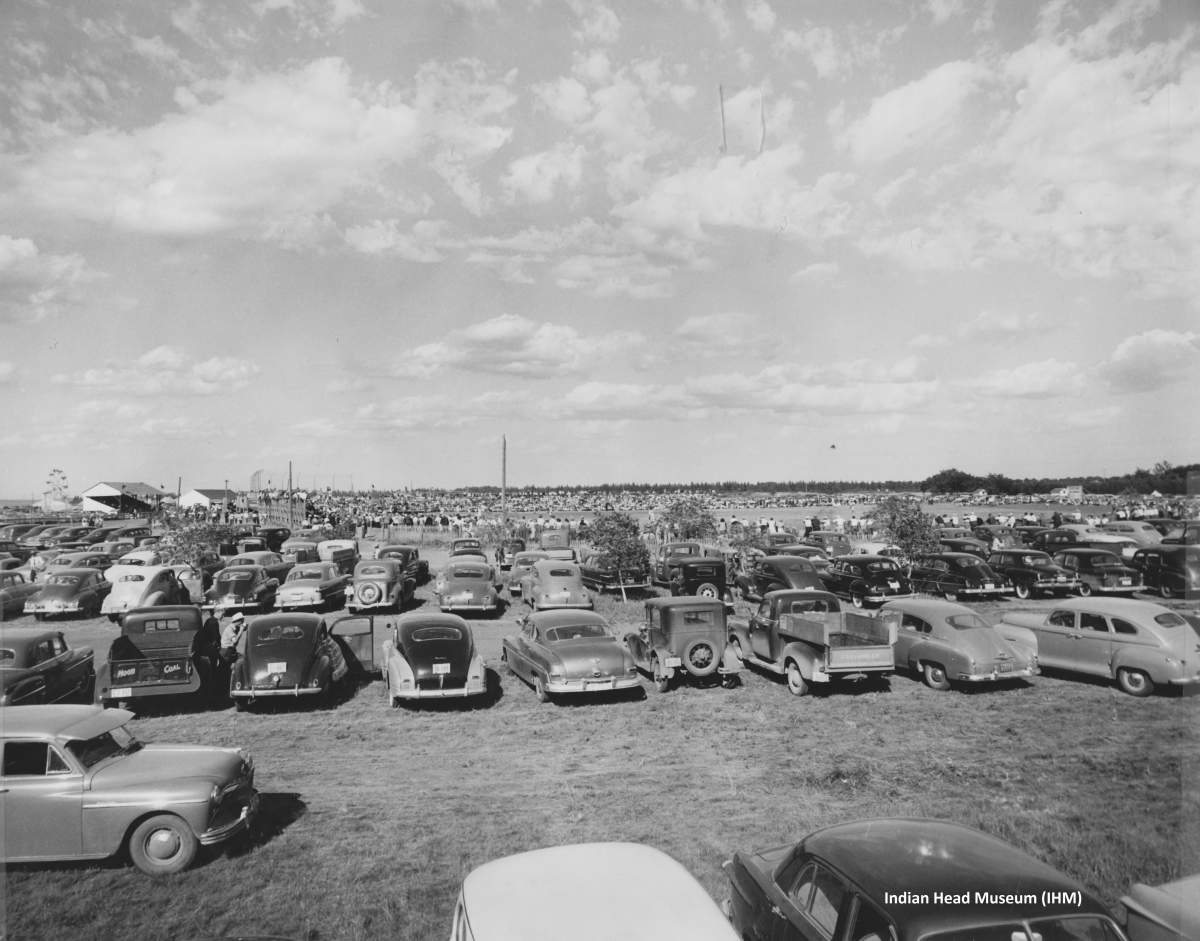Baseball holds some of the most notable history in sports and Saskatchewan was able to make its own mark on ending racial segregation with the Indian Head Rockets.

Now, the team is being inducted into the Saskatchewan Baseball Hall of Fame.
In the 1950s, Indian Head, Sask., was home to two baseball tournaments that brought in 22 teams from around North America and offered large cash prizes for the winners.
Players from the United States even travelled to the town of around 1,300 for the event, and people from near and far would come to watch, so there would be around 30,000 spectators.
President of the Indian Head Museum, Robyn Jensen said the tournament was such a big hit that the town of Indian Head was not able to house every visitor, so they had to get creative.
“They brought in train cars as extra sleeping cots for people and garages would open up, so you know, spaces for people to sleep, and people would welcome visitors in their home … like it was just absolutely incredible,’ said Jensen.
The mayor at the time, Jimmy Robison, shared his love of baseball with the people of Indian Head and surrounding areas, so he decided to make his own home a team to root for.
The all-Black professional baseball team known as the Indian Head Rockets took to the field for the first time in 1951.

Get breaking National news
Their red and white uniforms were stitched with the word “Rocket” since each player was singular, among the collective or plurality of the team name “Rockets” – a decision made by Mayor Robison.
The roster was penned with players from the Negro Leagues‘ Jacksonville Eagles, and the players were known to be just as talented as they were entertaining.
One of the last surviving players from the Rockets, Nat Bates, mentioned he had already been playing baseball in Canada the summer before in Medicine Hat.
At the time Robison was drafting players, Bates had moved back to his hometown in California, but decided making the move to Indian Head would be a great opportunity.
“I was happy to go and when I got there, I enjoyed the experience. The next year, I was asked to come back with a different team and both Willie and myself and Gavin, we jumped at the opportunity. So I think the people, and the reception and the enjoyment that we experienced was reason for a return trip. Then I got drafted to go back the third or fourth or fifth time. But in between, after the second trip, I got drafted into the Korean War and that became the extent of my baseball career,” said Bates.
Although his time with the Rockets was short-lived, Bates reflected on the memories he made, and the warmth and welcoming atmosphere he felt from locals and fans alike.
“It was just so refreshing to come home and to play in front of your fans. And that I found Canada, it was very open, friendly, amenable and they showed respect to all of us citizens, including the African American individuals that were out to visit and perhaps lived in Canada.
“We would go to Canada and some people would stare at us, but I don’t know whether it was out of curiosity or if they just hadn’t seen African-Americans often in that area. In the United States, you can walk around and you can feel the tension. And ‘what are these people doing here?’ type of thing. But I didn’t experience that questionable challenging attitude in Canada,” said Bates.
“We usually had almost a sellout attendance, and I don’t know where the people came from but they would be there and they were very supportive.”
More than 70 years later, the Indian Head Rockets will be inducted into the Saskatchewan Baseball Hall of Fame come June 2022.
The Indian Head Museum is also constructing a full exhibit dedicated to the team.
“We have to bring in these stories and we have to make sure that when people come to our community they learn about what happened here,” said Jensen of the museum.
Rockets teammate Elijah Jerry Green, also known as ‘Pumpsie,’ is one of three who went on to play Major League Baseball (MLB).
Pumpsie was the first Black player to join the Boston Red Sox making his debut in 1959, making the Red Sox the last team to pick up a Black player.
At the time, the Black community in Saskatchewan was sparse.
Carol LaFayette-Boyd with African-Canadian Resource Network Saskatchewan said many people nowadays do not even know the team existed because players did not stick around the area.
“Many people did not know they were even here and I think that’s really important for them to know that people of African descent were here playing baseball in the ’50s,” said LaFayette-Boyd.
According to Bates, many Black players were more than good enough to play in the Major Leagues but were overlooked because of their colour.
Major League Baseball announced the seven major Negro Leagues as additional major leagues in December 2020.
This meant around 3,400 players from 1920-1948 and their statistics would now be recognized alongside players from Major League Baseball from around the same time.
The Indian Head Museum will be unveiling their exhibit on June 25, 2022 and the induction supper will be at the Saskatchewan Baseball Hall of Fame on Aug. 20, 2022.










Comments